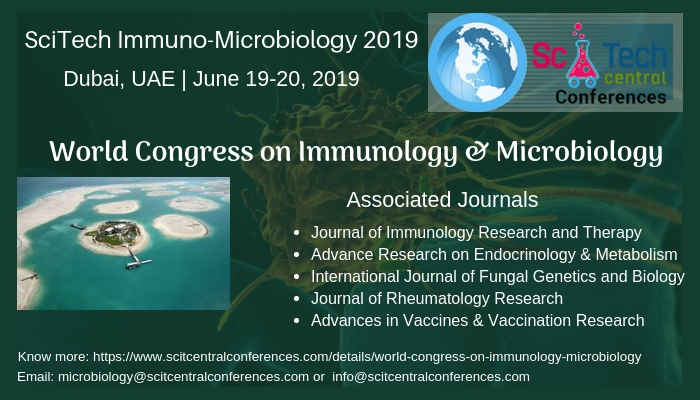591
Views & Citations10
Likes & Shares
Physiological pain is a protection mechanism against tissue
damage or potential tissue damage. Inflammation pain is followed by tissue
damage due to temperature, mechanical and chemical stimuli which increase
crosstalk between neuron nociceptor, immune system, neuromodulator and
neurotransmitter and MAPK (Mitogen Activating Proteinkinase) signal.
Initially immune cell is produced at the primary afferent nerve endings and spinal cord, modulate thermal sensitivity and mechanic. The process of tissue damage is followed by production of several inflammation mediators (bradykinin, serotonin, H+, prostaglandine dan NGF Nerve Growth Factor and proinflammatory cytokine (Interleukine-6, Interleukine beta-l, Tumor Necroting Factor-α) which will work on the membrane receptor (indirectly effect the nociceptor) like ILB activates IL1R1 and TNF activates TBFR1 and TNFR1 followed by activation of some other neuromodulator receptors, i.e., adenosine, neurotrophin and glutamate neurotransmitter on the afferent nerve ending. All endogenous substance that activates its own receptor will generate a second messenger which will, in turn, activate some other protein kinases such as protein kinase A (PKA), protein kinase C (PKC), extracellular signal-regulation kinase (ERK) and p38 MAPK and JUN N-terminal kinase (JNK). The kinase activity increases the nociceptor sensitivity and excitability known as peripheral sensitization by a different mechanism, the translational and transcriptional regulation. The activation of protein kinase A and C is temporary through posttranslational regulation while the MAPK activation through posttranslational and transcriptional regulation. The translational and transcriptional regulation through MAPK activation is related to permanent inflammation pain. The activation of each specific nociceptor to the specific MAPK is through a quite complex cross communication. ERK and p38 activated by inflammation mediators at the primary sensory and second-order neuron of the dorsal horn participates in generating and maintaining inflammation pain.
Keywords: Neuroimmunology, Neuromodulator, Neurotransmitter, Sensory neuron, Inflammation pain
QUICK LINKS
- SUBMIT MANUSCRIPT
- RECOMMEND THE JOURNAL
-
SUBSCRIBE FOR ALERTS
RELATED JOURNALS
- Stem Cell Research and Therapeutics (ISSN:2474-4646)
- International Journal of Anaesthesia and Research (ISSN:2641-399X)
- Dermatology Clinics and Research (ISSN:2380-5609)
- Oncology Clinics and Research (ISSN: 2643-055X)
- Journal of Cell Signaling & Damage-Associated Molecular Patterns
- Journal of Alcoholism Clinical Research
- Journal of Forensic Research and Criminal Investigation (ISSN: 2640-0846)


